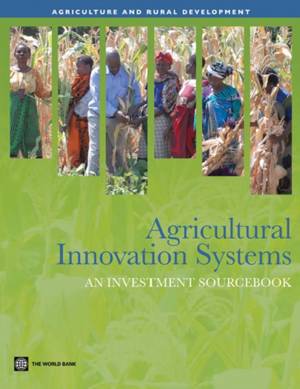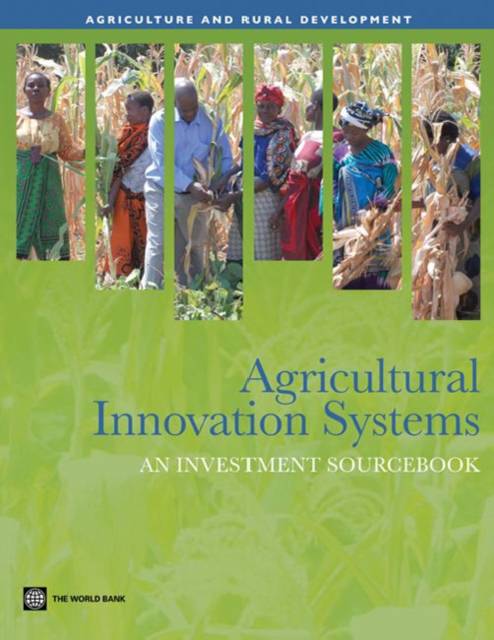
En raison d'une grêve chez bpost, votre commande pourrait être retardée. Vous avez besoin d’un livre rapidement ? Nos magasins vous accueillent à bras ouverts !
- Retrait gratuit dans votre magasin Club
- 7.000.000 titres dans notre catalogue
- Payer en toute sécurité
- Toujours un magasin près de chez vous
En raison de la grêve chez bpost, votre commande pourrait être retardée. Vous avez besoin d’un livre rapidement ? Nos magasins vous accueillent à bras ouverts !
- Retrait gratuit dans votre magasin Club
- 7.000.0000 titres dans notre catalogue
- Payer en toute sécurité
- Toujours un magasin près de chez vous
Description
Managing the ability of agriculture to meet rising global demand and to respond to the changes and opportunities will require good policy, sustained investments, and innovation - not business as usual. Investments in public Research and Development, extension, education, and their links with one another have elicited high returns and pro-poor growth, but these investments alone will not elicit innovation at the pace or on the scale required by the intensifying and proliferating challenges confronting agriculture. Experience indicates that aside from a strong capacity in Research and Development, the ability to innovate is often related to collective action, coordination, the exchange of knowledge among diverse actors, the incentives and resources available to form partnerships and develop businesses, and conditions that make it possible for farmers or entrepreneurs to use the innovations. While consensus is developing about what is meant by 'innovation' and 'innovation system', no detailed blueprint exists for making agricultural innovation happen at a given time, in a given place, for a given result. The AIS approach that looks at these multiple conditions and relationships that promote innovation in agriculture, has however moved from a concept to a sub-discipline with principles of analysis and action.
Spécifications
Parties prenantes
- Auteur(s) :
- Editeur:
Contenu
- Nombre de pages :
- 680
- Langue:
- Anglais
- Collection :
Caractéristiques
- EAN:
- 9780821386842
- Date de parution :
- 21-02-12
- Format:
- Livre broché
- Format numérique:
- Trade paperback (VS)
- Dimensions :
- 213 mm x 277 mm
- Poids :
- 1519 g

Les avis
Nous publions uniquement les avis qui respectent les conditions requises. Consultez nos conditions pour les avis.






